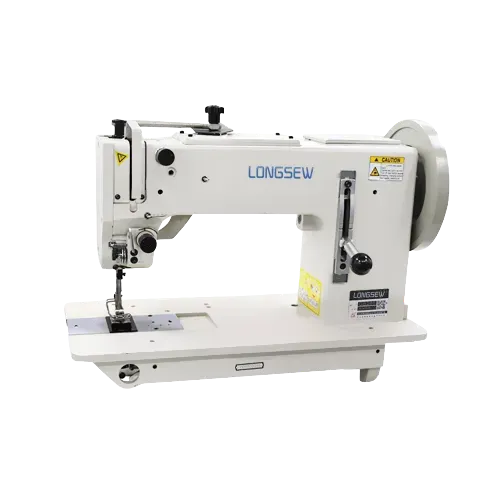what to look for in an overlocker
What to Look For in an Overlocker A Comprehensive Guide
When it comes to sewing, an overlocker (also known as a serger) is an invaluable tool for achieving professional-looking finishes. Whether you’re an experienced seamstress or a beginner, understanding what to look for in an overlocker can help you invest in the right machine for your sewing needs. This guide will explore the key features and considerations you should keep in mind when shopping for an overlocker.
1. Types of Overlockers
Before narrowing down your search, it’s crucial to understand that there are different types of overlockers. Generally, they can be categorized into basic, advanced, and coverstitch machines. Basic overlockers are ideal for beginners, offering straightforward functionality for edge finishes and seams. Advanced models usually come with additional features, such as differential feed and multiple stitch options, which allow for greater customization. Coverstitch machines, on the other hand, are designed for finishing hems and are often combined with overlock capabilities in a single device.
2. Stitch Options
One of the most important features to look for in an overlocker is the variety of stitch options available. Most machines offer basic overlock stitches, but advanced models provide a range of stitch types, including flatlock, chain stitch, and rolled hem stitches. The more stitch options available, the more versatile your machine will be, allowing you to tackle different projects from knits to wovens with ease.
3. Differential Feed
Differential feed is a feature that allows you to control the amount of fabric being fed through the machine. This is particularly important when working with stretchy fabrics, as it helps prevent puckering and ensures even stitching. A good overlocker should have an adjustable differential feed ratio, enabling you to customize the feed based on the material you’re using. Look for machines that offer a range of differential settings for ultimate flexibility.
Threading an overlocker can sometimes be daunting, especially for beginners. Therefore, consider a machine with an easy threading system. Some overlockers come equipped with color-coded threading paths, making it simpler to follow along. Others may even feature a built-in threading guide or automatic threading capabilities. A user-friendly threading system can save you a significant amount of time and frustration.
what to look for in an overlocker

5. Cutting Width Adjustment
The ability to adjust the cutting width is another vital feature to consider. This functionality allows you to control how much fabric is cut away during the stitching process, which can be particularly useful when working with different fabric types or seam allowances. Look for an overlocker with a margin of adjustment in its cutting width to accommodate a variety of sewing projects.
6. Safety Features
Safety should be a priority when operating any sewing machine. Choose an overlocker that includes safety features, such as finger guards and automatic shut-off. These features not only protect you from accidents but also ensure that the machine stops functioning in case of threading issues or when the presser foot is lifted, adding an extra layer of assurance while you work.
7. Brand Reputation and Customer Support
When investing in an overlocker, it’s essential to consider the reputation of the brand as well as its customer support services. Research reviews and testimonials from other users to gauge the reliability of the machine. Additionally, check whether the brand provides comprehensive support, including instructional manuals, online tutorials, and accessible customer service. Good support can make a significant difference, especially if you encounter issues or have questions about your machine.
8. Budget Considerations
Finally, determine your budget before you start shopping. Overlockers can range from budget models to high-end machines packed with features. While it’s tempting to go for the cheapest option, consider your sewing needs and how often you’ll use the machine. Investing a little more in a quality machine may pay off in the long run with improved performance and durability.
Conclusion
Finding the right overlocker involves careful consideration of several key factors, including the type of machine, stitch options, ease of threading, and safety features. By taking the time to evaluate these features, you can choose an overlocker that fits your sewing style and meets your project requirements. With the right machine at your side, you’ll be able to create beautifully finished garments and projects with confidence. Happy sewing!
-
Industrial Cylinder Arm Sewing Machine: Revolutionizing Heavy-Duty SewingNewsJul.28,2025
-
Cylinder Arm Sewing Machine: Perfect for Special Sewing ApplicationsNewsJul.28,2025
-
Cylinder Bed Sewing Machine: Essential for Sewing Complex MaterialsNewsJul.28,2025
-
Heavy Duty Sewing Machine: The Essential Tool for Industrial ApplicationsNewsJul.28,2025
-
Computerized Pattern Sewing Machine: Revolutionizing Precision StitchingNewsJul.28,2025
-
Heavy Duty Industrial Sewing Machine: Power Meets PrecisionNewsJul.28,2025
-
Leather Sewing Machine: The Industrial Standard for Tough MaterialsNewsJul.18,2025





























